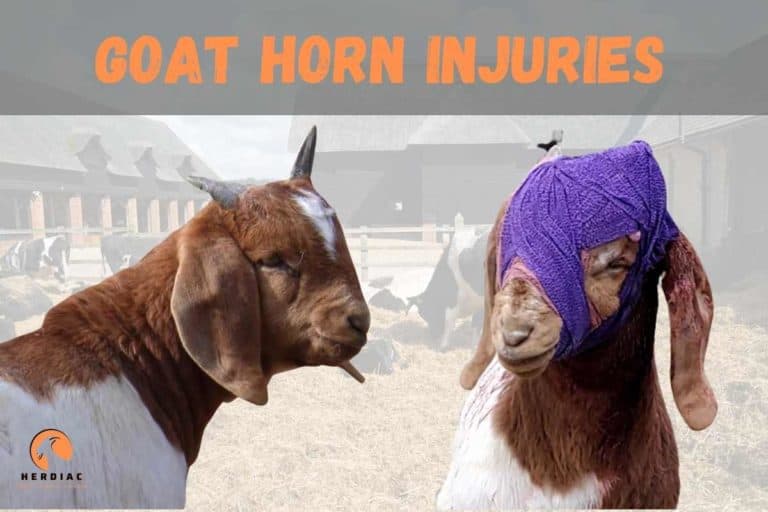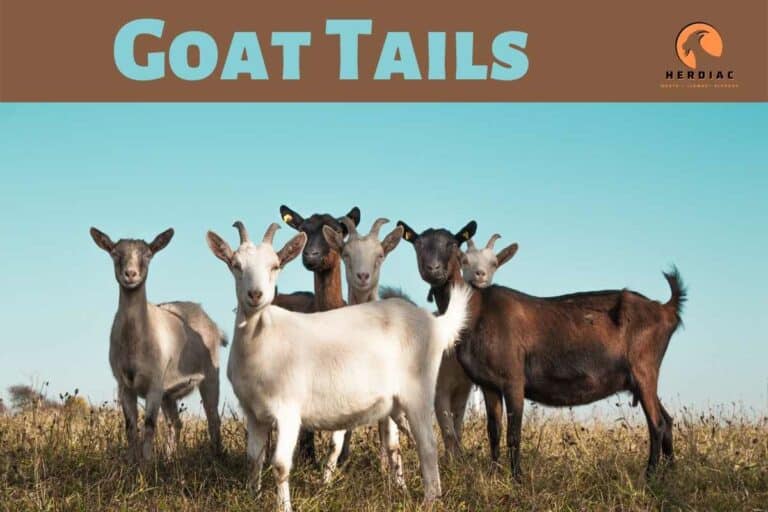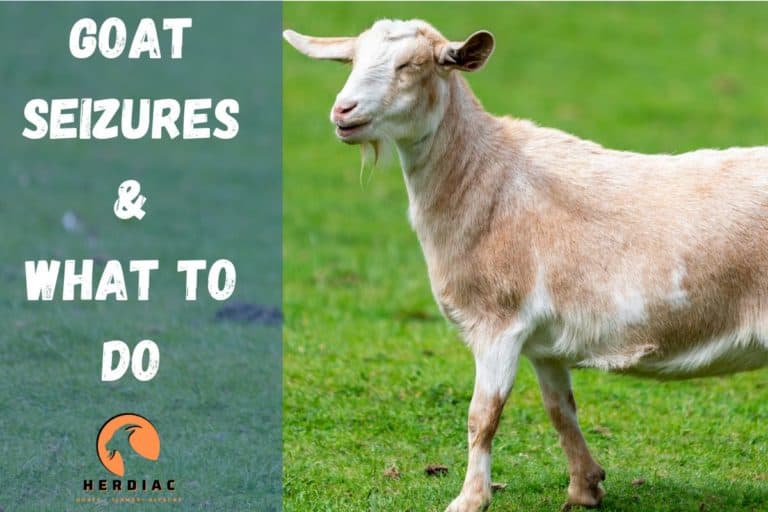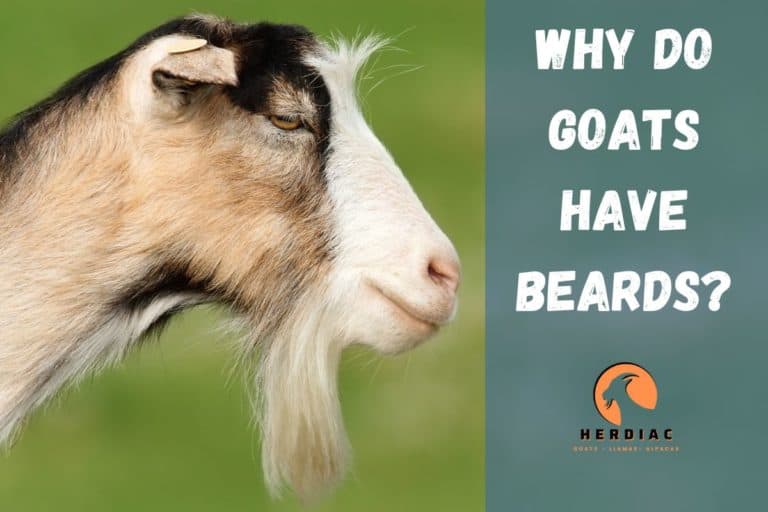Goat Vision -How Good are Goats Eyes?
Have you ever wondered about how the world looks to our beloved four-legged caprine friends? In many cases, we see the world very differently from other species, which begs the question: how do goat eyes work, what is goat vision like, and why do goats have rectangular pupils, anyway? We’ll answer some of the key questions you’ve been wondering about goat vision in today’s guide to help you discover more about the different features of goat vision you probably never realized!
Goat Vision: How Good are Goat Eyes?
Goat vision is incredibly good, as is the case for the majority of prey animals. Indeed, thanks to having eyes on the side of their head, goats can see in at least 320-degree vision. Meanwhile, some goats can see in up to 340 degrees of vision.
As such, unless you are standing directly behind your goat, they will always be able to see you in their field of vision – and even if you’re right behind them, they may still be able to see your arms from the corner of their vision. Isn’t that cool?
Notably, if you watch a goat when it’s got its head down grazing, you may notice that it doesn’t necessarily look where it’s eating but keeps looking around itself. This is an instinctual behavior that helps keep the goat on the alert for predators – ensuring it doesn’t become a quick lunchtime snack for a hungry animal.
Goats also have a third eyelid which serves to keep their eyes clean and free of dust, debris, and the like. Since goats spend a lot of time climbing through gorse and prickly bushes. As such, it makes sense to have extra protection! This third eyelid is sometimes called the nictitating membrane.
What Color Spectrum Do Goats See In?
Generally speaking, goats are incredibly good at distinguishing between green and blue colors. However, they have greater difficulty detecting yellow, orange, or red colors due to the cones’ structure in their eyes. With that being said, despite many people having the misbelief that goats are colorblind, this isn’t entirely the case. Instead, goats are a dichromatic species, which means they largely see in two different colors.
Why do Goats Have Rectangular Pupils?
One common question that many people ask when talking about goat eyes is, why do goats have rectangular pupils? While a goat’s pupils will still expand and dilate in dark and light conditions, like ours, their pupils are different. Instead of being circular, most goes have rectangular pupils (to varying degrees).
This can give some goats a somewhat unnerving, narrow-eyed look! However, it’s not something to be worried about. In fact, the rectangular pupil shape for goats is there to help them see in a wider field of vision. With rectangular pupils, goats can see a very broad space, allowing them to detect predators or threats more easily.
However, it’s worth noting that goats’ rectangular pupils are not a unique feature. For example, rectangular pupils are commonly seen in sheep, as well.
How Does Goat Vision Compare to Human Vision?
At this point, we’ve outlined some of the main things you should know about goat eyes and goat vision. But how does this actually compare with human vision?
Well, the most obvious comparison between goat vision and human vision is our field of vision – in other words, how far around us we can see. Since we, as people, have eyes on the front of our heads (facing forwards), we can see directly in front of us and slightly to the side – but anything behind us is obscured. That’s how people are often able to sneak up on someone without them realizing it. H
However, this is not the case for goats, which can see almost completely around themselves. Talk about a cool ability! Plus, unlike us, goats have the ability to move their eyes by around 50 degrees; therefore, this allows them even more ability to keep tabs on the world around them than we, ourselves, can.
However, one thing that goats lack compared with us as humans is the ability to perceive depth closely. This makes it harder for goats to distinguish something that’s far away and something nearby than for us; so, we have at least one point that we can beat goats on in terms of our eyes!
Can Goats See in the Dark?
Goats can absolutely see in the dark, and their ability to see in dim conditions is far greater than our own. As such, if you go out walking on a dark night, you can expect your goat to find you first, rather than the other way around. However, you should always keep in mind that goats are not nocturnal animals by nature; while they can see and navigate in the dark, they are still much more active during the day.
Final Thoughts
As a prey species, the importance of having good vision is vital for goats from an evolutionary perspective. Good vision allows prey animals such as goats to spot – and escape from – potential dangers more quickly, reducing the risk of ending up a meal for the next large predator to walk by. However, even modern domesticated goats have retained many of these curious evolutionary quirks – their rectangular eyes are one of the most notable!
Fortunately, we’ve outlined some of the key things you need to know about goat vision today to ensure you have as clear an insight as possible into how your goats see the world.





